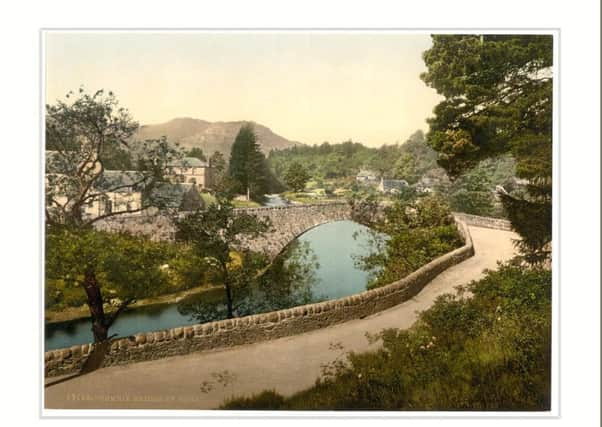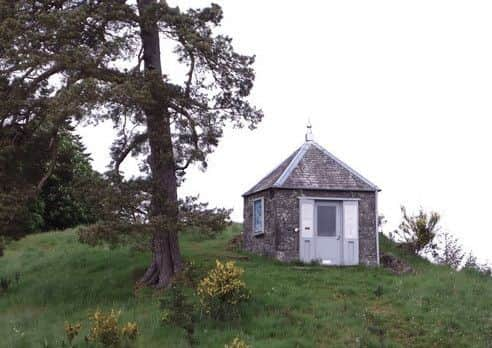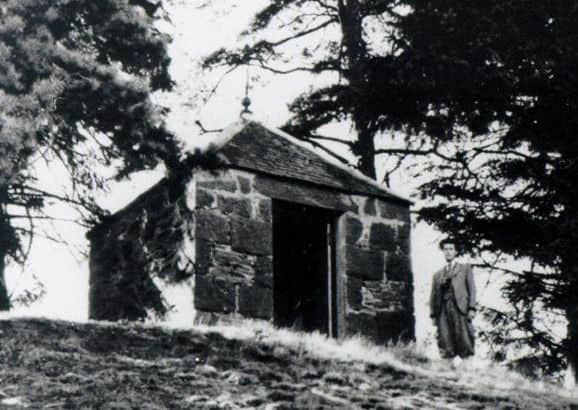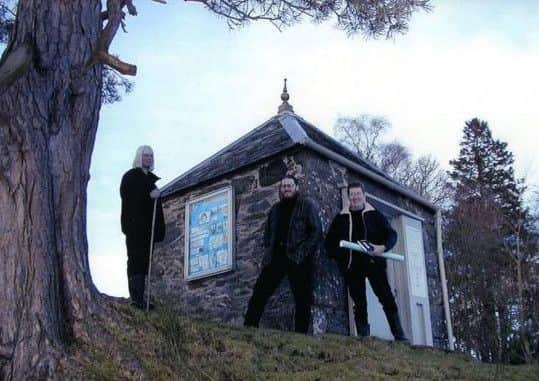When thousands of tremors rocked Scotland's 'Shaky Toun'


It is a tradition started more than 150 years ago when the village became known as Shaky Toun, given the thousands of mini earthquakes recorded there between the late 1700s and the mid 1800s.
To investigate these deep and often alarming rumblings, four men of the village - two ministers, a tailor and a postmaster - drew up plans for Earthquake House - believed to be the first purpose-built seismic recording station in the world.
Advertisement
Hide AdAdvertisement
Hide AdWhile the instruments used by Mr Palmer may be more advanced than those used by the “Comrie Pioneers”, he continues to keeps records still “of great interest” to those living in the Perthshire beauty spot.


While keeping track of local tremors - the last one recorded in September 2012 - the equipment has more recently recorded the devastating earthquakes in the Italian village of Amatrice as well as he Tohoku earthquake in Japan in 2011, which destroyed part of a nuclear reactor. The Indian Ocean earthquake which led to the Boxing Day Tsunami in 2004 was also picked up in Comrie.
Mr Palmer said: “It is still of great interest to people in the local area and if there is a significant tremor recorded, I will make up an A4 sheet with all the details and pin it up in the Post Office.
“Last weekend we were open to the public and when I went down on Sunday morning to open up, a tremor had been recorded on the paper but I have yet to hear back which activity that related to.”


Advertisement
Hide AdAdvertisement
Hide Ad“I go up there at least every nine days to change the paper on the Lwnartz chart recorder. I do believe its good to keep it going.”
On the last tremors felt in Comrie, Mr Palmer added: “There were three in one day and they measured between 1.1 and 1.5 on the scale. When you compare to Tohoku, which damaged a nuclear reactor, that was 8.9 so what happened in Comrie was not much by comparison - but I could still feel my office shake.
“We still get these tremors but nothing like the frequency recorded in the past.”


The levels of seismic activity in the village could be explained by its location close to the Highland Boundary Fault Line, which runs between Stonehaven and Dumbarton.
Advertisement
Hide AdAdvertisement
Hide AdIt is thought now that a sub fault lines comes off close to the village, Mr Palmer said.
During the 18th and 19th Century, it was thought the tremors may have been caused by gas explosions or metrological events.
The first known earthquake to centre on Comrie occurred in 1788 with the “Great Quake” recorded on October 23 1839.


It struck at 10pm with 20 aftershocks recorded over the next 24 hours. Cracking of walls and falling of chimney pots was noted.
Advertisement
Hide AdAdvertisement
Hide AdThe Comrie Pioneers, desperate to understand this ongoing phenomenon, submitted their notes and experiences to the Royal Society of Edinburgh.
“Back then there wasn’t the science of plate tectonics that we have now. That came much later.
“Various instruments were installed in Comrie to measure the activity, one in the steeple of the parish church and another in the Post Office.
“It was decided to build Earthquake House in around 1874 to have all the instruments in one place and it was built by a firm still in the village today - Carmichael and Sons.”
Advertisement
Hide AdAdvertisement
Hide AdNot long after Earthquake House was built, however, seismic activity began to die down and the building began to fall into disrepair.


In the 1970s, it was recognised for its scientific importance and it later became a listed building. In the 1980s, Perth and Kinross Council decided to restore it with the British Trust for Conservation Volunteers.
They put in it an early replica of one of the early seismic Mallet seismoscopes and later the British Geological Survey put in a Lwnartz chart recorder which records nine days-worth of information on a paper chart.
Mr Palmer said: “There are seismic stations all over Britain now which are linked to the British Geological Society, which the Earthquake House is not,
Advertisement
Hide AdAdvertisement
Hide Ad“We used to send them the papers down to look at but they said we didn’t need to do that anymore. However, they still see it as a very important building in its historical context.”
•
DOWNLOAD THE SCOTSMAN APP ON ITUNES OR GOOGLE PLAY
